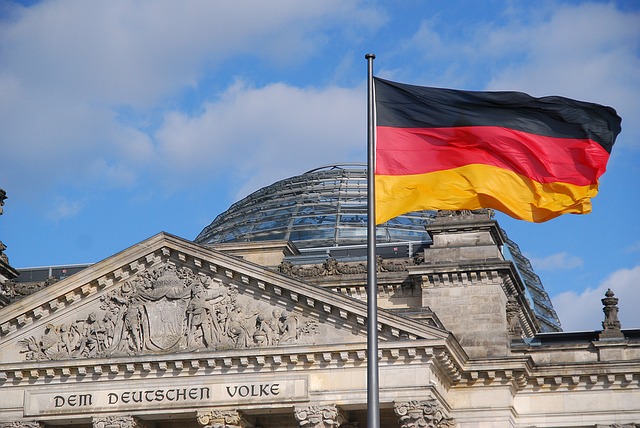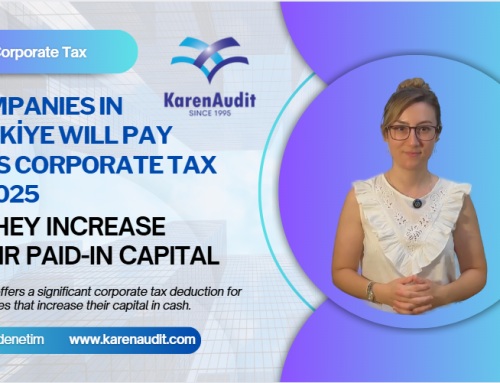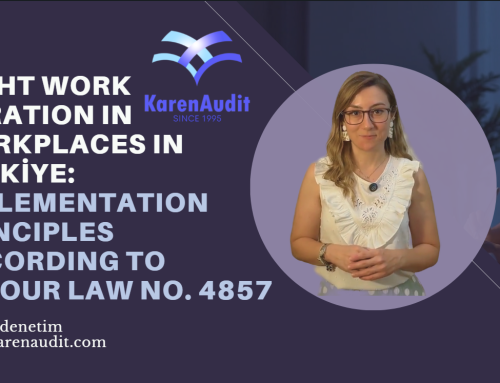December 15, 2022
Consumer price index in Germany, November 2022
+10.0% on the same month a year earlier (provisional result confirmed)
-0.5% on the previous month (provisional result confirmed)
Harmonised index of consumer prices, November 2022
+11.3% on the same month a year earlier (provisional result confirmed)
0.0% on the previous month (provisional result confirmed)
The inflation rate in Germany, measured as the year-on-year change in the consumer price index (CPI), stood at +10.0% in November 2022. The inflation rate thus was slightly down, following a +10.4% increase in October 2022. “The inflation rate remains at a high level of +10.0% despite a slight slowdown in energy prices”, says Dr. Georg Thiel, President of the Federal Statistical Office. He also explains: “We see price increases for more and more other goods, in addition to energy. What has become particularly notable for households is the continuing increase in food prices.” The Federal Statistical Office (Destatis) also reports that consumer prices in November 2022 were down 0.5% on October 2022.
Special effects caused by the situation of war and crisis continued to keep the price increase at a high level
Energy and food prices, in particular, have increased considerably since the war started in Ukraine and have had a substantial impact on the inflation rate. Due to the situation of war and crisis, delivery bottlenecks and price movements at upstream stages in the economic process also have an impact on the inflation rate, which in turn leads to price increases for other goods and services.
Various relief packages of the Federal Government have been implemented in 2022. Since October 2022, the turnover tax on gas supply and district heating has been reduced from 19% to 7%. This has been one of the first measures of the third relief package. This had a downward effect on the price increase for these energy products.
Prices of energy products up 38.7% year on year
Energy product prices were 38.7% higher in November 2022 than in the same month a year earlier, despite the relief measures. However, the price increase slowed a little (October 2022: +43.0%). There was a particularly large price increase for household energy again (+53.2%). Natural gas prices more than doubled (+112.2%) and district heating prices rose by +36.6%. Heating with other energy sources became more expensive, too. The prices of firewood, wood pellets and other solid fuels were up 96.3%, and prices of heating oil 55.0% on a year earlier. Electricity prices rose by 27.1%. Consumers had to pay markedly more not only for household energy but also for motor fuels (+14.6%). The main reason for the high prices of energy products in general is the international purchase prices. In addition, the increase in the CO2 charge (from 25 to 30 euros per tonne), which became effective at the beginning of the year, continued to have an impact on energy product price rises.
21.1% increase in food prices year on year
Food prices rose 21.1% in November 2022 compared with the same month a year earlier, which means that this price increase was more than twice the overall inflation rate. Overall, the food price increase has accelerated gradually since the beginning of the year (October 2022: +20.3%). Higher prices were seen in all food groups also in November 2022. Substantial price rises were recorded for edible fats and oils (+41.5%), and marked increases were observed for dairy products and eggs (+34.0%), bread and cereals (+21.1%) as well as vegetables (+20.1%).
Inflation rate excluding energy and food at +5.0%
Excluding energy prices, the inflation rate stood at +6.6% in November 2022. The extent to which food prices currently affect the overall rate of price increase is shown by the inflation rate when energy and food are excluded. It was much lower (+5.0%), only half the overall inflation rate.
Prices of goods up 17.1% on November 2021
The prices of goods (total) were up 17.1% in November 2022 on the same month of the previous year. The prices of non-durable consumer goods, which include also food and energy, increased even more (+22.8%). The prices of consumer durables rose by 6.6% year on year (including furniture and lighting equipment: +9.9%; vehicles: +9.1%).
Service prices up by only 3.6% compared with a year earlier
The prices of services (total) were up by 3.6% in November 2022 on the same month of the previous year. Net rents exclusive of heating expenses, which have much impact as they account for a large part of household final consumption expenditure, rose by 1.9%. Higher price increases were observed, for example, for catering services in restaurants, cafés and the like (+9.8%), hairdresser services and other services for personal care (+7.5%) and for the maintenance and repair of vehicles (+7.4%). The price reductions in public regional and short-distance passenger transport ended already in September 2022 when the 9-euro ticket was no longer available. The prices of rail tickets in short-distance transport (+2.5%) and combined tickets for rail, bus and the like (+2.0%) were up again year on year in November 2022. Lower prices were recorded for only a few services such as telecommunications (-1.3%).
Energy prices (total) were down 1.2% month on month, but not all energy products cost less
Compared with October 2022, the consumer price index declined by 0.5% in November 2022. The decrease was largely attributable to the seasonally lower prices of package holidays (-25.3%). The prices of energy (total) were also down slightly in November 2022 compared with the previous month (-1.2%). Price decreases were recorded especially for mineral oil products (-6.1%; of which heating oil: -13.6%; motor fuels: -3.5%). The prices of natural gas, in contrast, rose again (+2.9%), and price increases were observed also for district heating (+2.0%) and electricity (+1.4%). In addition, households again paid more for food (+1.2%), in particular for dairy products (+4.9%).
Source: DESTATIS
Legal Notice: The information in this article is intended for information purposes only. It is not intended for professional information purposes specific to a person or an institution. Every institution has different requirements because of its own circumstances even though they bear a resemblance to each other. Consequently, it is your interest to consult on an expert before taking a decision based on information stated in this article and putting into practice. Neither Karen Audit nor related person or institutions are not responsible for any damages or losses that might occur in consequence of the use of the information in this article by private or formal, real or legal person and institutions.






